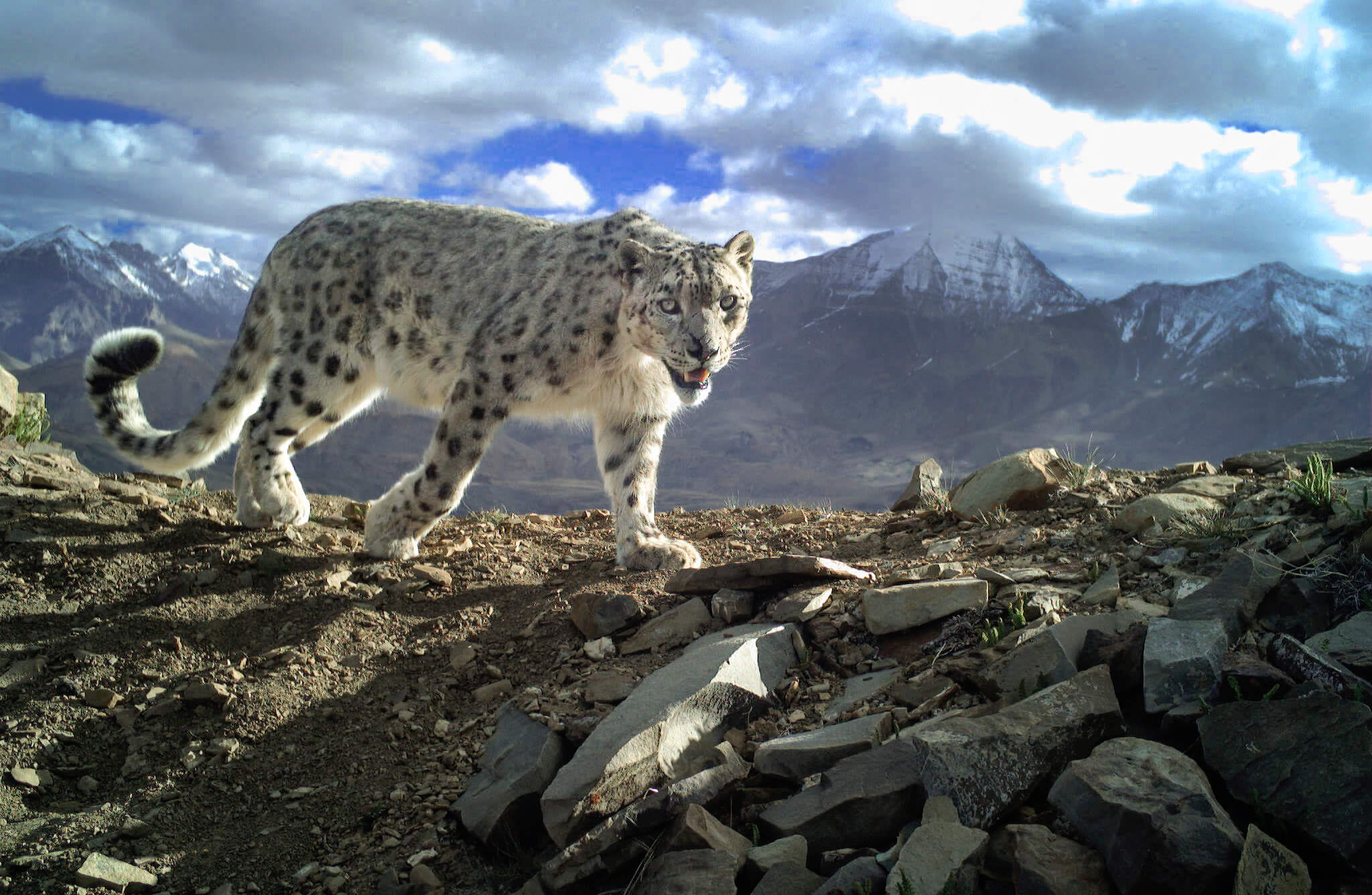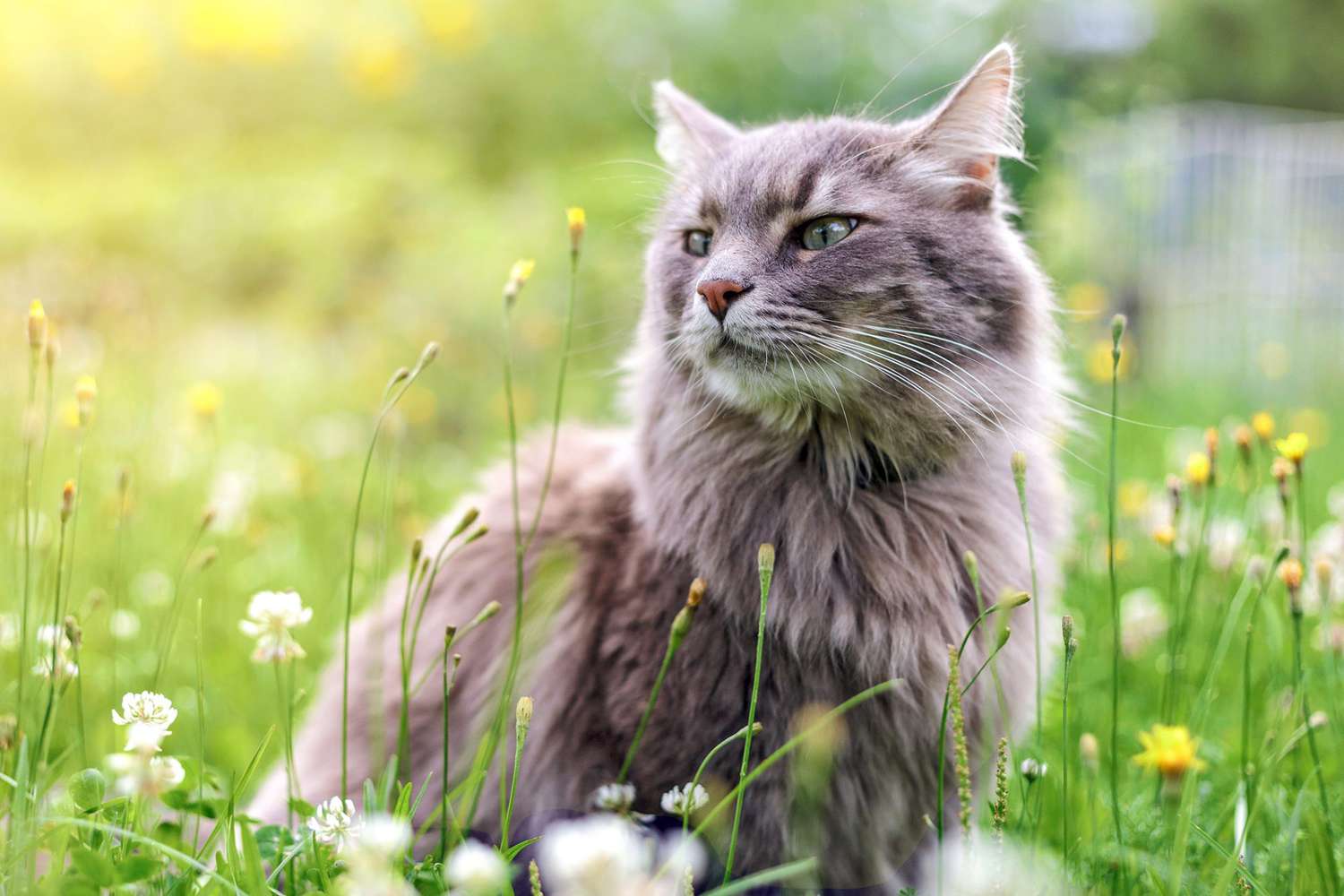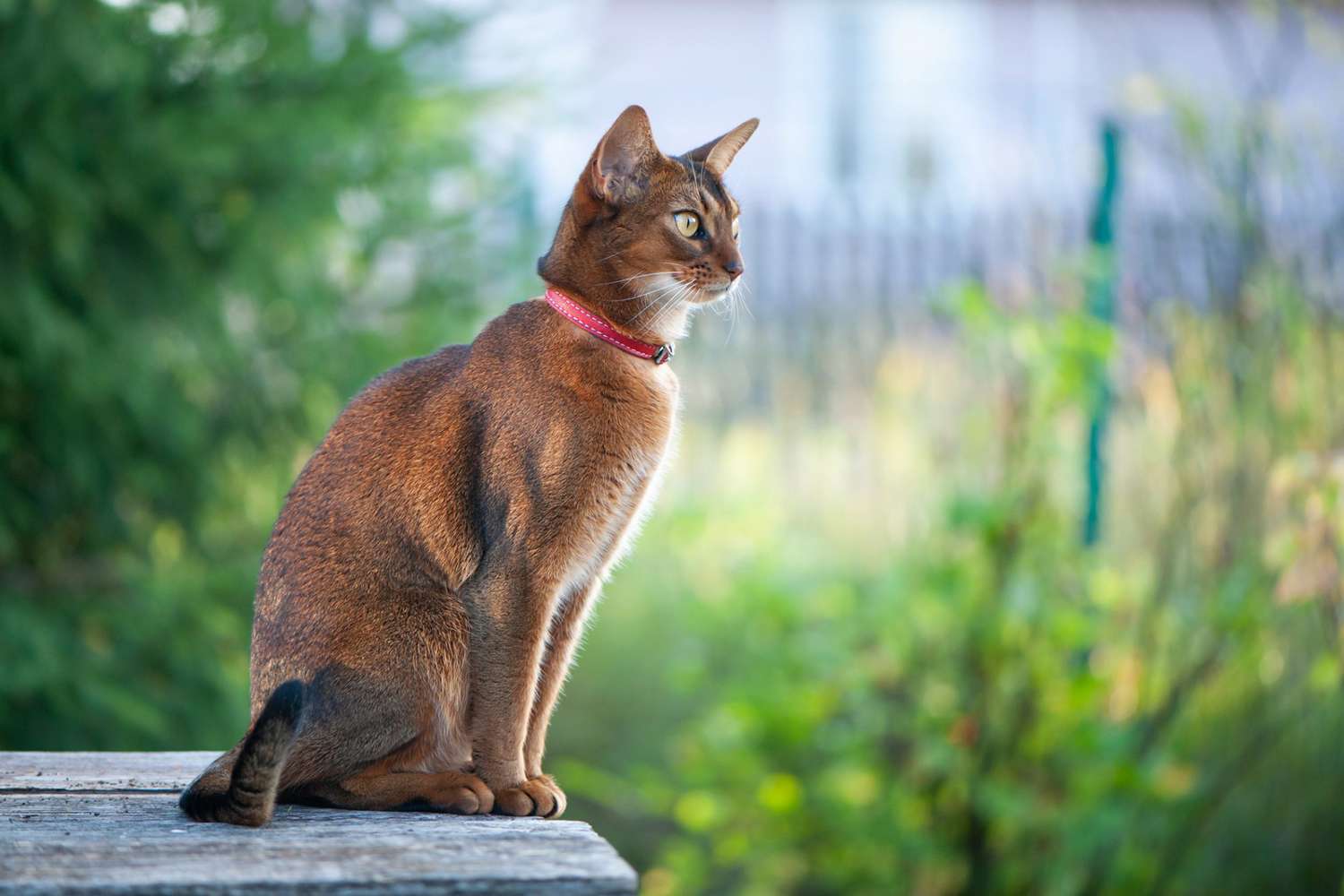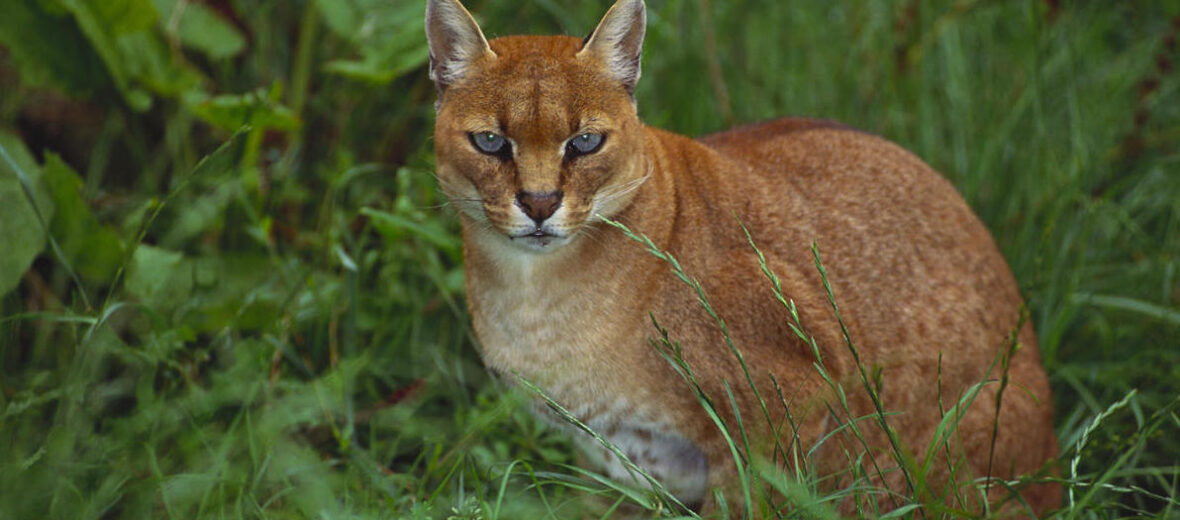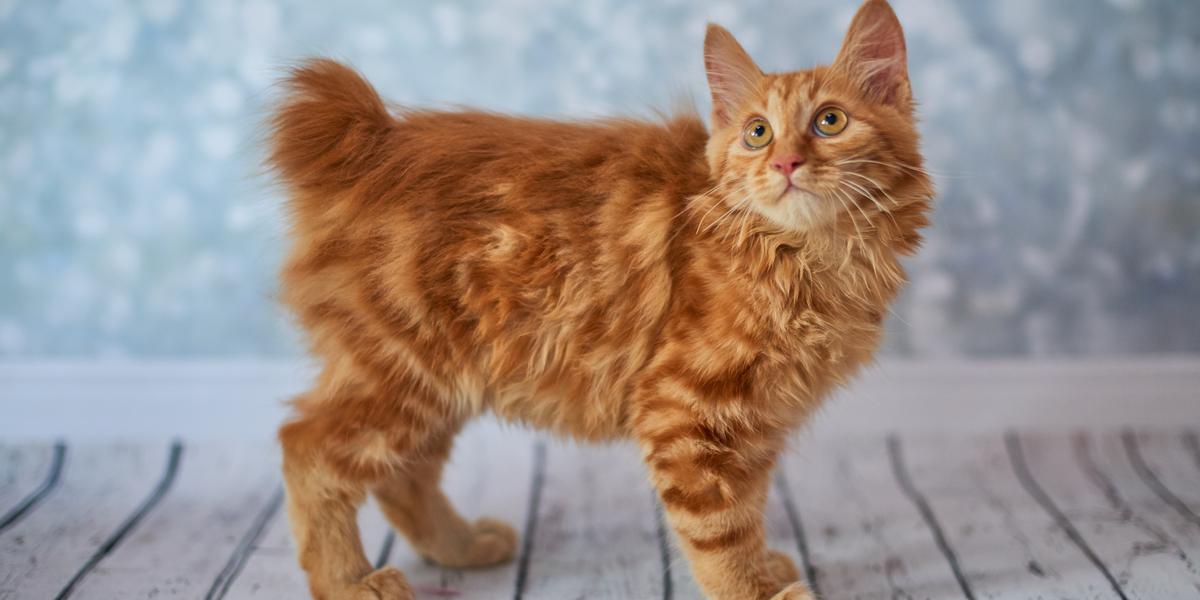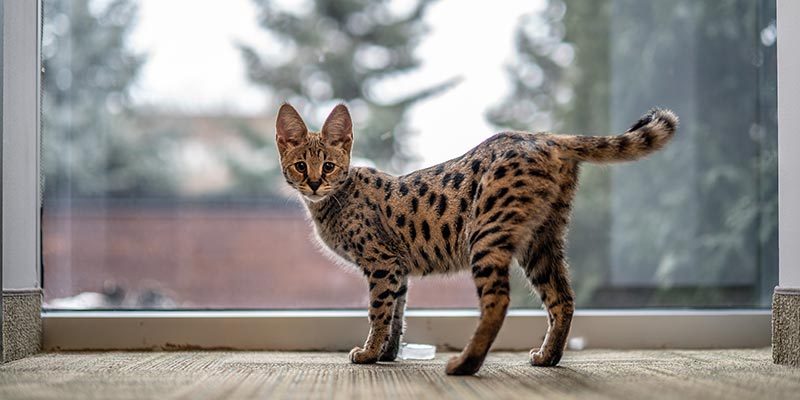Wild cats are some of the most fascinating and beautiful animals on the planet. They are known for their grace, power, and stealth, and they come in a wide variety of shapes and sizes.
From the massive Siberian tiger to the tiny Rusty-spotted cat of Sri Lanka, wild cats can be found all over the world. While most people are familiar with big cats like lions, tigers, and jaguars, there are many other types of wild cats that are just as interesting and unique.
You are reading: 10 Types Of Wild Cats
In this article, we will explore ten of the most commonly mentioned types of wild cats, including some interesting facts about each one.
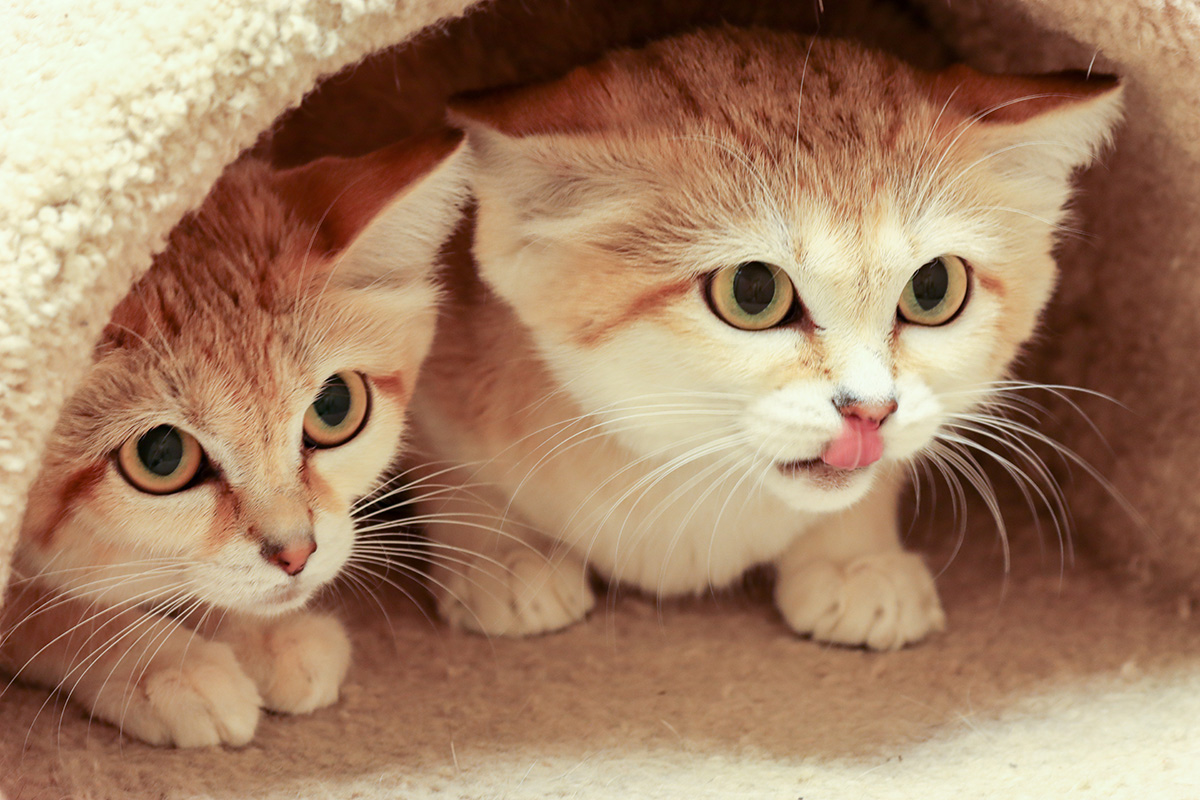
10 Types Of Wild Cats
Tiger
Tigers are one of the most well-known and beloved wild cats in the world. They are the largest of all cats and are known for their distinctive orange coat with black stripes.
Tigers are part of the Pantherinae subfamily, which also includes lions, jaguars, leopards, snow leopards, and clouded leopards. There are several subspecies of tigers, including the Bengal tiger, Siberian tiger, Sumatran tiger, and Malayan tiger, among others.
Tigers are found in various parts of Asia, including India, Russia, and Southeast Asia. Unfortunately, tigers are also one of the most endangered wild cats, with only a few thousand individuals remaining in the wild.
Lion

Lions are one of the most well-known and iconic wild cats in the world. They are part of the Pantherinae subfamily, which also includes tigers, jaguars, leopards, snow leopards, and clouded leopards.
Lions are the second-largest of all cats, after tigers, and are known for their distinctive mane of hair around their necks. They are found in sub-Saharan Africa, where they live in grasslands, savannas, and even some forests. Lions are social animals and live in groups called prides, which can consist of up to 30 individuals.
Jaguar
The jaguar (Panthera onca) is a large wild cat species and the only living member of the genus Panthera native to the Americas.
Jaguars are the largest of South America’s big cats and the third largest cats in the world, with a body length of up to 1.85 m (6 ft 1 in) and a weight of up to 158 kg (348 lb). They have a distinctive coat of pale yellow to tan colored fur covered by spots that transition to rosettes on the sides, although a melanistic black coat appears in some individuals.
Jaguars are carnivores and eat a variety of prey, including fish, turtles, caimans, deer, peccaries, capybaras, and tapirs. Unlike many other cats, jaguars are good swimmers and are known to hunt in water.
Read more : Top 10 Maddest Or Angriest Cats
Jaguars are considered one of the “big cats” due to their size, strength, and predatory skills. Unfortunately, jaguars are threatened by habitat loss and fragmentation, as well as hunting and poaching.
Leopard
The leopard cat (Prionailurus bengalensis) is a small wild cat native to continental South, Southeast, and East Asia. It is the only wild cat species native to Japan and the Philippines. There are currently 11 recognized subspecies of leopard cats, which differ widely in appearance.
Leopard cats are about the size of a domestic cat, but more slender, with longer legs and well-defined webs between their toes. They have a small head marked with two prominent dark stripes and a short and narrow white muzzle. The backs of their moderately long and rounded ears are black with central white spots.
Leopard cats are solitary species but have been observed in pairs or with dependent young. They are mainly described as nocturnal and crepuscular, but they can also be active during the day.
Leopard cats use forests and understory for resting and breeding, and hunting is done both on the ground and in trees. Leopard cat population status and trends are unknown, but they appear to be relatively common and widespread with stable populations as indicated by relatively frequent detection during camera trap studies in different habitats.
Snow Leopard

Snow leopards (Panthera uncia) are large wild cats that are native to the mountain ranges of Central and South Asia. They are also known as the “ounce” and are the only species in the genus Uncia.
Snow leopards are well adapted to their cold and rugged habitat, with a thick coat of fur that helps them stay warm and blend in with their surroundings. They are also known for their large paws, which act like snowshoes and help them move easily over snow and ice.
Snow leopards are solitary animals and are mainly active at dawn and dusk. They are carnivores and primarily eat wild sheep and goats, but will also eat smaller mammals like hares and birds. Snow leopards are listed as Vulnerable on the IUCN Red List due to habitat loss, poaching, and other threats.
Here are some interesting facts about snow leopards:
– Snow leopards are well adapted to their cold and rugged habitat, with a thick coat of fur that helps them stay warm and blend in with their surroundings.
– Snow leopards are also known for their large paws, which act like snowshoes and help them move easily over snow and ice.
– Snow leopards are solitary animals and are mainly active at dawn and dusk.
– Snow leopards are carnivores and primarily eat wild sheep and goats, but will also eat smaller mammals like hares and birds.
– Snow leopards are listed as Vulnerable on the IUCN Red List due to habitat loss, poaching, and other threats.
– Snow leopards are found in 12 countries across Asia, including Afghanistan, Bhutan, China, India, Kazakhstan, Kyrgyz Republic, Mongolia, Nepal, Pakistan, Russia, Tajikistan, and Uzbekistan.
– Snow leopards have a distinctive “main” call that is described as a “piercing yowl” and can be heard over the roar of a river.
– Snow leopards have home ranges of up to 1,000 square kilometers.
– Female snow leopards raise their cubs alone for about 18 months.
– Snow leopards are not known to be aggressive toward humans.
Clouded Leopard
The clouded leopard (Neofelis nebulosa) is a wild cat species that inhabits dense forests from the foothills of the Himalayas through Northeast India and Bhutan to mainland Southeast Asia into South China. It is a medium-sized cat with a distinctive coat pattern of elliptical blotches of a darker color than the background, which gives it its name.
The coat is brown or yellowish-gray and covered with irregular dark stripes, spots, and blotches. Clouded leopards are carnivores and their chief prey are gibbons, macaques, slow loris, small deer, and wild boars, which they ambush from the trees or stalk from the ground.
They may also hunt birds and rodents. The population of clouded leopards declined sharply in the latter half of the 20th century as a result of hunting and deforestation. There are two species of clouded leopards: the clouded leopard (Neofelis nebulosa) and the Sunda clouded leopard (Neofelis diardi).
Here are some interesting facts about clouded leopards:
– Clouded leopards are medium-sized cats with a distinctive coat pattern of elliptical blotches of a darker color than the background, which gives them their name.
– Clouded leopards are carnivores and their chief prey are gibbons, macaques, slow loris, small deer, and wild boars, which they ambush from the trees or stalk from the ground.
– Clouded leopards are excellent climbers and are known to be able to climb down trees headfirst.
– Clouded leopards have proportionately short legs and a long tail, which helps them balance on steep terrain.
– Clouded leopards are solitary animals and are mainly active at night.
– Clouded leopards are threatened by hunting and deforestation, which has led to a sharp decline in their population.
– There are two species of clouded leopards: the clouded leopard (Neofelis nebulosa) and the Sunda clouded leopard (Neofelis diardi).
– Clouded leopards are an important cultural symbol in many of the countries where they are found, and efforts are being made to protect them through community-based conservation programs.
Ocelot
The ocelot (Leopardus pardalis) is a medium-sized wild cat that is native to the southwestern United States, Mexico, Central and South America, and the Caribbean islands of Trinidad and Margarita. Here are some interesting facts about ocelots:
Physical Characteristics:
– Ocelots are medium-sized cats that reach 40-50 cm (15.7-19.7 in) at the shoulders and weigh between 7 and 15.5 kg (15.4 and 34.2 lb) on average.
– They have a distinctive coat pattern of elliptical blotches of a darker color than the background, which gives them their name.
– Their pelage is shorter and less soft and thick than their close relative, the margay (Leopardus wiedii).
– Their ventral pelage is white and their dorsal pelage ranges from off-white to tawny-yellow to reddish-gray.
Behavior:
– Ocelots are solitary animals and are mainly active at night.
– They are highly territorial and have home ranges between 2 and 31 km^2, depending on habitat.
– Ocelots are carnivores and eat a variety of prey, including mice, rabbits, rats, birds, snakes, lizards, fish, and frogs.
– They occasionally become the prey of harpy eagles, pumas, jaguars, and anacondas.
Conservation Status:
– Ocelots are listed as Least Concern on the IUCN Red List, but their population is declining due to habitat loss and fragmentation, as well as hunting and poaching.
– In the United States, ocelots are listed as Endangered under the Endangered Species Act.
Read more : 10 Types Of Hairless Cats
In this article, we have explored some interesting facts about ocelots, including their physical characteristics, behavior, and conservation status.
Black-footed Cat
The black-footed cat (Felis nigripes) is the smallest wild cat in Africa, with a head-and-body length of 35–52 cm (14–20 in) and a weight of 1-2.5 kg (2.2-5.5 lbs) on average.
Despite its name, only the soles of its feet are black or dark brown. With its bold small spots and stripes on the tawny fur, it is well camouflaged, especially on moonlit nights. It bears black streaks running from the corners of the eyes along the cheeks, and its banded tail has a black tip.
Black-footed cats are highly territorial and have home ranges between 2 and 31 km^2, depending on habitat. They are carnivores and eat a variety of prey, including rodents, birds, and small mammals.
Black-footed cats are listed as Vulnerable on the IUCN Red List due to habitat loss and fragmentation, as well as hunting and poaching.
Sand Cat
The sand cat (Felis margarita) is a small wild cat that inhabits sandy and stony deserts far from water sources. Here are some interesting facts about sand cats:
Physical Characteristics:
– Sand cats have sandy to light grey fur, which helps them blend in with their desert environment.
– They have a head-and-body length ranging from 39–52 cm (15–20 in) with a 23–31 cm (9.1–12.2 in) long tail.
– Their 5–7 cm (2.0–2.8 in) short ears are set low on the sides of the head, aiding detection of prey moving underground.
Behavior:
– Sand cats are solitary animals and are mainly active at night.
– They are highly adapted to their desert habitat and can survive without water for long periods of time.
– Sand cats are carnivores and eat a variety of prey, including rodents, birds, and small mammals.
– They are known for their ability to dig their own burrows in the sand, which they use for shelter and to raise their young.
Conservation Status:
– Sand cats are listed as Near Threatened on the IUCN Red List due to habitat loss and fragmentation, as well as hunting and poaching.
– They are found in North Africa, the Arabian Peninsula, Turkmenistan, and Pakistan.
Fishing Cat
The fishing cat (Prionailurus viverrinus) is a medium-sized wild cat that is native to South and Southeast Asia. Here are some interesting facts about fishing cats:
Physical Characteristics:
– Fishing cats have a stocky build with short legs and a short tail that is roughly one-third the length of their body.
– They have a long head and a distinctive coat pattern of dark spots and stripes on a yellowish-gray background.
– Their front toes are partially webbed, which helps them swim and catch fish.
Behavior:
– Fishing cats are excellent swimmers and are known to catch fish by diving into the water and scooping them out with their paws.
– They are also known to eat a variety of other prey, including rodents, birds, and reptiles.
– Fishing cats are mainly active at night and are solitary animals.
– They are listed as Vulnerable on the IUCN Red List due to habitat loss and fragmentation, as well as hunting and poaching.
Conservation Status:
– Fishing cats are threatened by destruction of wetlands and have declined severely over the last decade.
– Fishing cat captive breeding programs have been established by the European Association of Zoos and Aquaria and the American Association of Zoos and Aquariums.
– All the fishing cats kept in zoos around the world are listed in the International Studbook of the World Association of Zoos and Aquariums.
FAQS
1. How many types of wild cats are there?
There are 40 recognized species of wild cats, and most of them are small wild cats that weigh less than 50 pounds.
2. What are some of the most well-known types of wild cats?
Some of the most well-known types of wild cats include lions, tigers, jaguars, leopards, snow leopards, and cheetahs.
3. What are some of the lesser-known types of wild cats?
Some of the lesser-known types of wild cats include the ocelot, black-footed cat, sand cat, fishing cat, and clouded leopard.
4. Where are wild cats found?
Wild cats are found all over the world, in a variety of habitats ranging from forests and mountains to deserts and grasslands.
5. What do wild cats eat?
Wild cats are carnivores and eat a variety of prey, including rodents, birds, fish, and other small mammals.
6. Are wild cats endangered?
Many species of wild cats are endangered due to habitat loss, poaching, and other threats.
7. Can wild cats be kept as pets?
Wild cats are not suitable as pets and are illegal to own in many places. They are wild animals and require specialized care and habitats.
Source: https://petstutorial.com
Category: Cats


